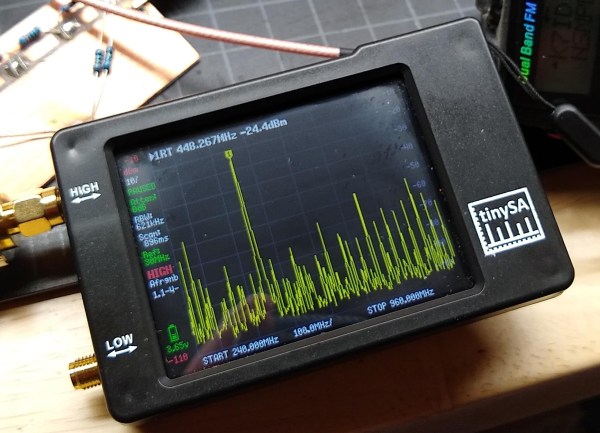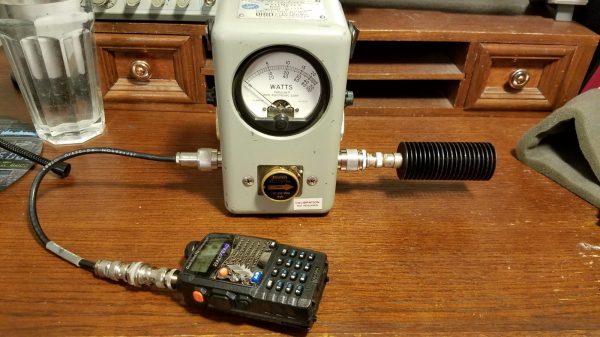Is it really a dystopian future if the robots are radio-controlled? That’s what came to mind reading this article on a police robot out of Singapore, complete with a breathless headline invoking Black Mirror, which is now apparently the standard by which all dystopias are to be judged. Granted, the episode with the robo-dogs was pretty terrifying, but it seems like the Singapore Police Force has a way to go before getting to that level. The bot, which has been fielded at Changi Airport after extensive testing and seems to be completely remote-controlled, is little more than a beefy telepresence robot. At 5.5 feet (1.7 meters) tall, the bot isn’t terribly imposing, although it apparently has a mast that can be jacked up another couple of feet, plus there are lights, sirens, and speakers that can get the message across. Plus cameras, of course; there are always cameras. The idea is to provide extra eyes to supplement foot patrols, plus the potential to cordon off an incident until meatspace officers arrive. The buzzword game here is weak, though; there’s no mention of AI or machine learning at all. We have a feeling that when the robots finally rise up, ones like this will be left serving the drinks.
spurious emissions3 Articles
Product Review: The TinySA, A Shirt-Pocket Sized Spectrum Analyzer
I suppose most of us have had the experience of going to the mailbox and seeing that telltale package in the white plastic bag, the sign that something has just arrived from China. This happened to me the other day, and like many of you it was one of those times when I puzzled to myself: “I wonder what I bought this time?”
With so many weeks or months between the time of your impulsive click on the “Buy Now” button on AliExpress or eBay and the slow boat from China actually getting the package to your door, it’s easy enough to forget what exactly each package contains. And with the price of goods so low, the tendency to click and forget is all the easier. That’s not necessarily a good thing, but I like surprises as much as the next person, so I was happy to learn that I was now the owner of a tinySA spectrum analyzer. Time for a look at what this little thing can do.
Continue reading “Product Review: The TinySA, A Shirt-Pocket Sized Spectrum Analyzer”
Measuring Spurious Emissions Of Cheap Handheld Transceivers
If you buy an amateur transceiver cheap enough to make a reasonable grab bag gift or stocking stuffer, you get what you pay for. And if this extensive analysis of cheap radios is any indication, you get a little more than you pay for in the spurious emissions department.
Amateur radio in the United States is regulated by the FCC’s Part 97 rules with special attention given to transmitter technical specifications in Subpart D. Spurious emissions need to be well below the mean power of the fundamental frequency of the transmitter, and [Megas3300] suspected that the readily available Baofeng UV-5RA dual-band transceiver was a little off spec. He put the $20 radio through a battery of tests using equipment that easily cost two orders of magnitude more than the test subject. Power output was verified with a wattmeter, proper attenuators were selected, and the output signal scanned with a spectrum analyzer. Careful measurements showed that some or all of the Baofeng’s harmonics were well above the FCC limits. [Megas3300] tested a few other radios that turned out to be mostly compliant, but however it all turned out, the test procedure is well documented and informative, and well worth a look.
The intended market for these radios is more the unlicensed crowd than the compliant ham, so it’s not surprising that they’d be out of spec. A ham might want to bring these rigs back into compliance with a low pass filter, for which purpose the RF Biscuit might prove useful.
[via r/AmateurRadio]














